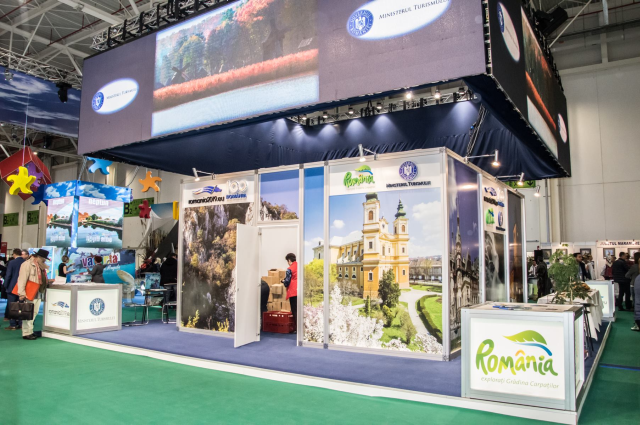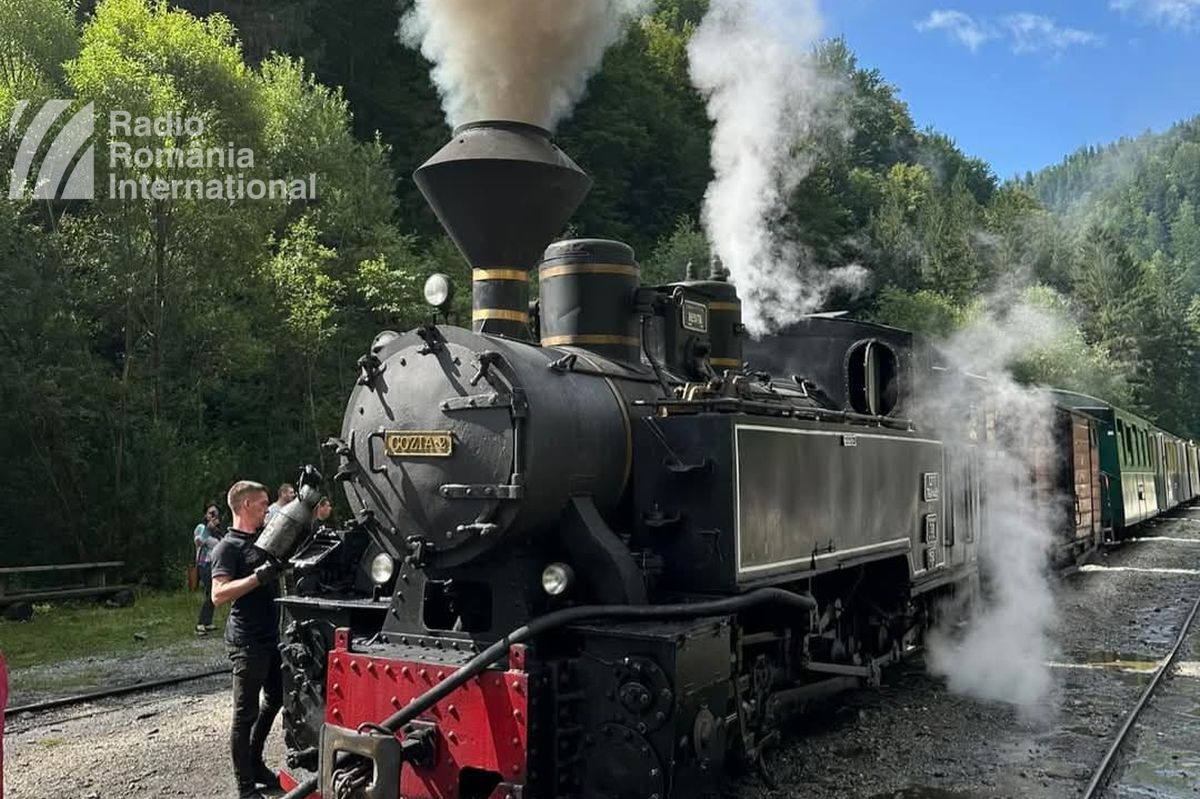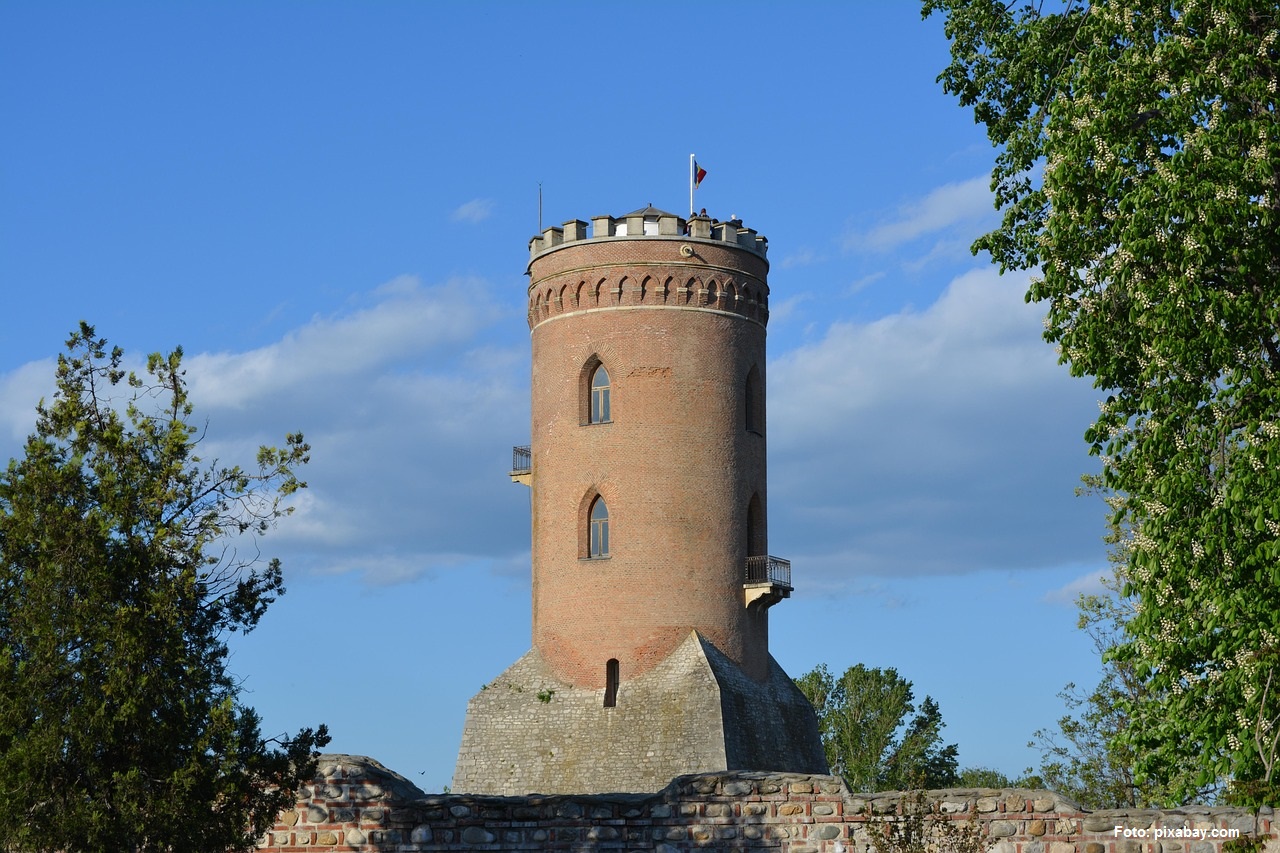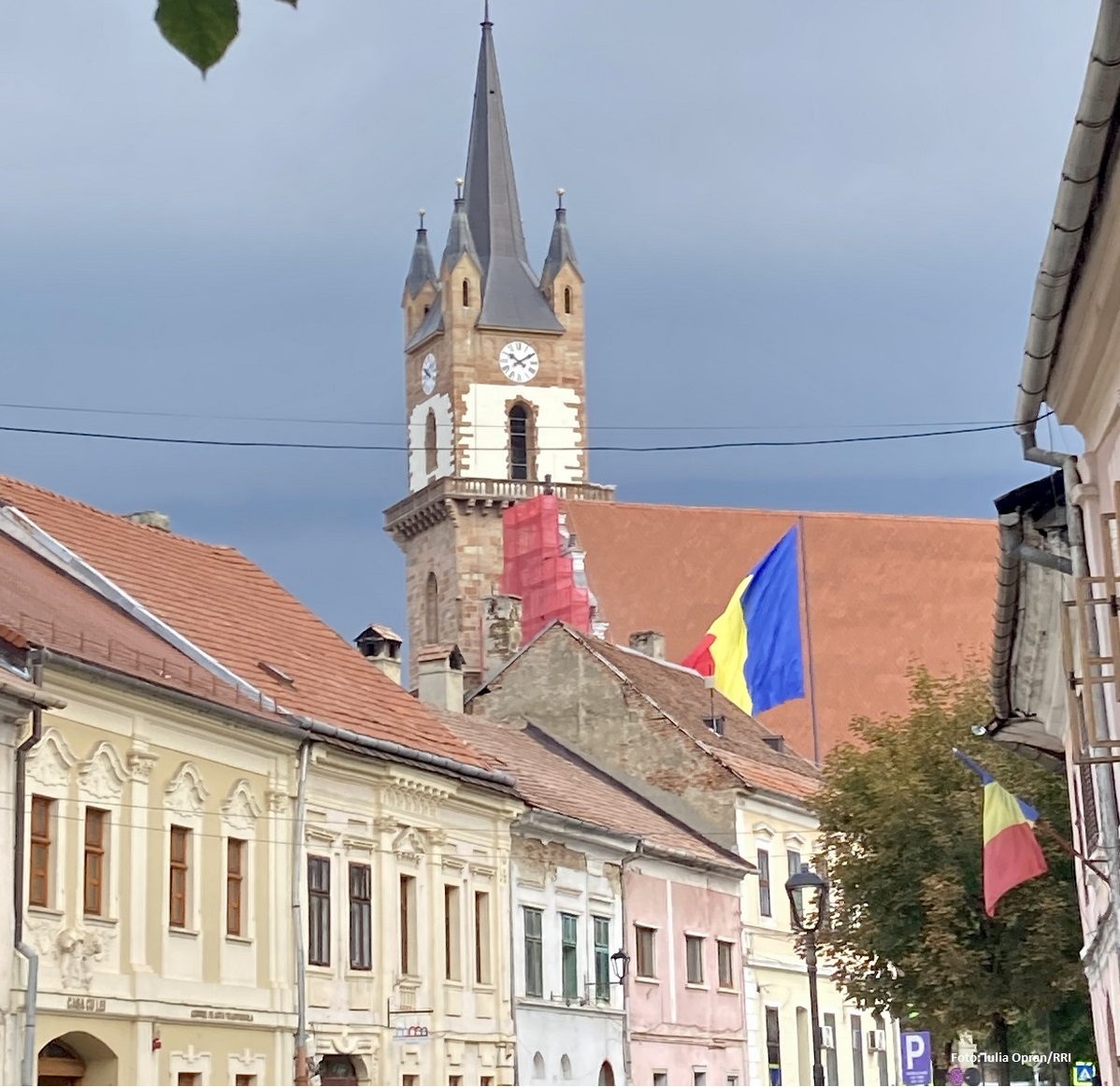Romania’s Travel Fair

Daniel Onea, 28.02.2019, 15:15
The fair brought together the most
cost-effective offers for cultural tourism aficionados, as well as for those who
are more into treatment, rural or business tourism. We opened the gates of the
41st edition of Romania’s Travel Fair and the holiday offers and
destinations we discovered turned out to be very interesting.
Cătălin Țibuleac, who is president of the
Danube Delta Tourism Destination Management Association, promotes the Danube
Delta and the northern part of Dobrogea. Mr Tibuleac’s stand is a large one,
large enough to include Dobrogean symbols and host traditional music and dance
shows specific to the region promoted.
Catalin
Tibuleac: The whole region
is superb catering to a wide range of tourists, who would like to visit the tourist
destinations offered by Tulcea County. Apart from the natural beauties, also worth
mentioning is the local cuisine as well as the region’s traditions and crafts.
The whole story, which is a beautiful one, is in harmony with the biodiversity
in the area because we should not forget that in Tulcea County, 14 ethnic
groups live together in harmony, each of them with their own traditions and
customs. When we speak about the Danube Delta, we speak about the bio garden.
Actually, that’s what our stand’s thematic is all about. We promote a
responsible, slow, visiting tourism, in harmony with biodiversity.
Cristina Toma is a promoter of the Buzau
Land Geopark. She has a PhD in Geology and the offer she presents is rather
unique.
Catalin
Tibuleac: The Buzau Land
Geopark lies at the crossroads of three cultures: the northern one, in
Moldavia, the southern one in Wallachia and the western one, located in
Transylvania. It is well worth visiting as we’re highly likely to find cultural
assets from all over the country. From a scientific or a geological point of
view, its value is tremendous. For a visit, I would recommend that you go there
from spring and all through autumn. Winter there is breathtaking, but the
natural assets, provided by the park’s geo-diversity, are not so visible. We
can have a chat with the locals, in winter though and they can tell very
interesting stories by the fireplace. If we intend to blend the cultural offer
into the natural one, my recommendation still remains, the right time to visit would
be spring summer and autumn.
Laura Pătru is the marketing manager of a
hotel group in Herculane. She invites us to a SPA, in an area rich in history.
Laura
Pătru: It is one of
Romanians oldest spas first documented in AD 153. It is a place replete with
legends, where nature was very generous. Here we can find 16 thermal and thermo-sulphurous
springs, which can work real miracles in terms of treatment. Our hotels have
been completely refurbished and we are trying to combine the multi-millenary
therapy, which is a Roman legacy, with state-of-the art techniques and the
cutting-edge SPA trends across Europe. Here you can find classical therapies,
but we also have our techniques, which make up a brand of our own. For instance,
saunas with local plants, following recipes that are exclusively ours, in
combinations inspired from legends about the strength of Hercules and the beauty
of Aphrodite. One of our favorite packages is the wellness one. It includes
accommodation for five nights, full board and SPA therapies. For instance, we
have salt scrubbing, aroma and peeling massage. The price for that is about 480
Euros for two people.
Daniela Pop, a marketing officer with the
National Salt Company, SALROM, told us that salt mining in Romania boasts a
millennia-old tradition and many of the mines have been turned into tourist
destinations.
Daniela
Pop: Five out of the seven
salt mines that we manage are also tourist spots. They have been beautifully
arranged to receive tourists. They are genuine natural treasures. We manage the
Praid salt mine in Harghita, Slanic Prahova, which is the nearest to Bucharest,
Ocnele Mari in Valcea County, and Targu Ocna and Cacica in Moldavia. Tourists
can visit them both in winter and in summer, because temperature inside a salt
mine is constant. Anybody, provided they are not advised by a physician
otherwise, can spend two or three hours in a salt mine, children included. In
the Praid salt mine, for instance there is an adventure park, with all the
necessary equipment, including a zipline, and a playground, because the air
down there is not at all polluted and it’s healthy to breath.
Cristi Pitulice is a managing partner with
the Transylvania Train, a 5-day tourist programme, which can be described as
very intense and catchy.
Cristi
Pitulice: It is a unique
package, which we activate once every year, for 120 passengers, who get on
board a special train, and travel along a route that starts in Brasov, passes
through Sighisoara, Medias, Alba Iulia, Sebes, Sibiu and Fagaras. So the
passengers get to experience something different every day. We explore the
Haferland (the Saxon villages area) and we also take part in traditional felt
and shingle workshops. People are very curious to understand why shingles made
200 years ago have been preserved so well and are still on traditional houses
and churches. The programme also includes wine tasting, traditional
architecture and gastronomy workshops. Local Transylvanian chefs reveal to the
passengers some of the secrets of the area’s multi-cultural cuisine. So, they
can enjoy Romanian, Saxon, Hungarian and Armenian dishes. Also, part of the
Sibiu Philharmonic Orchestra will give a special concert for the train’s
passengers.
Catalina Velniciuc, the coordinator of the
Suceava National Tourist Information and Promotion Center has extended us an
invitation to come and celebrate Easter in Bukovina, in north-eastern Romania.
Catalina
Velniciuc: In 2019,
Bukovina has a better offer than the previous year. Of course, we focus on our
monasteries, traditions and customs. We are speaking in particular of the
Easter celebrations, which are right around the corner. We have an active
tourism offer. For Easter, just like every year, the local government units
organize events focusing on our traditional Easter traditions and customs in
Bukovina. Guest houses will welcome tourists with traditional dishes, egg painting
demonstrations and trips to monasteries. It’s a genuine cultural and
gastronomic feast.
According to data provided by a travel
operator, the 6-night packages have sold the best. The average price of such a
package is 160 Euro, and two thirds of the bookings registered are for families
with children.






























